|
In August 2019, I will hold my first solo-exhibition in the Pfannerhaus in Roßhaupten. As the exhibition area consists of two large rooms, I am going to 'split' my exhibition in two. In the first room, I am going to present a series of goldwork pieces inspired by current world affairs and my Catholic Bavarian surroundings. More on that project in a further blog post. The second room will present an overview of my work till date. It will therefore showcase many different embroidery techniques and styles. It is for this second room that I intend this new project. Ever since my mum dragged us along (that's definitely how it felt to me and my younger sister on the day!) to a Franz Marc exhibition as a kid, I am an admirer of his work. Franz Marc was born in 1880 and died as a soldier, aged just 36, in World War I in Verdun, 1916. His most productive years, in which he developed his distinctive style, were between 1911 and 1914. Franz Marc lived and worked in the area where I now live. He is best-known for his brightly coloured animal studies. When I needed a design for my canvaswork piece for the RSN Certificate, I choose his Tiger. For years I have wanted to turn another one of his pictures into a canvaswork embroidery: Foxes painted in 1914. I love foxes and I am always thrilled when I see one strolling though a field from my car. A couple of years ago, a fox crossed the footpath just in front of me when I was hiking through the woods between Bad Bayersoien and Bad Kohlgrub. Such a magical moment! It was neither afraid of me, nor did it take much notice of me. For a few seconds, we just shared a footpath through the woods. Although I have wanted to stitch the design for years, I wasn't quite sure how to tackle it. Every so often, I would look at the picture and ponder my options, but I never got the feeling that I 'understood' what I was looking at enough to start stitching. Until today! I viewed the picture under an angle and in an instant it made total sense. I now know what is the front, what the back and what's in between. This is very important with any embroidery design. The thinking process before you can actually start to stitch can take quite a while; in this case a couple of years. And this is how I now view the picture: There are two main tricks the embroiderer can apply in canvaswork to create depth. Firstly, bigger patterns come forward, smaller patterns retreat. Secondly, bright and shiny materials and colours come forward, dark and dull retreat. Applying this logic to Franz Marc's foxes, I will use mainly silks (shiny!) for the face of the 'top' fox. As this is the most detailed part of the painting, I have no choice but to choose smaller patterns. However, the very shininess of the silk should still make it standout clearly. The rest of both foxes will use semi-shiny threads like cotton perle. And the background will be stitched using wool, as it is dullest in appearance.
To further 'clarify' the picture for the viewer, I will also 'group' my stitches. There are three main types of stitches one can use in canvaswork: diagonal, straight and cross. I am not sure yet what goes where, but these will be assigned to fox 1, fox 2 and the background. Now it is time to pick colours and work on my stitch-plan some more. If you like pre-stitching musings and discussions on design choices whilst a stitching project is underway, you might want to check out Rachel's blog VirtuoSew Adventures. Not only is Rachel a very accomplished embroiderer, she also puts a lot of thought into the designs of her textile art!
12 Comments
I turned 40 recently. And as it goes: birthdays and presents go hand in hand. So when I visited Munich with my parents, we found an unusual embroidery book for my library. Before I'll show you what it is, let me tell you briefly where we found it. Personally, up to that recent visit, I didn't like Munich one bit. As it is a very wealthy city, I always felt out of place. Although I do like shopping, I avoid big fashion names as I have found my style long ago and want to stick to it; not change every 3 months :). Anyway. This time we ended up in a whole different part of Munich as I wanted to visit a Zero Waste shop aptly named 'Ohne' (without) and my father wanted to visit some antiquaries in search of Feldpost from WWI. Both, and much more, concentrate around the Schellingstraße in the Maxvorstadt. The name Schellingstraße might ring a bell with art, literature and/or history buffs: apart from being Hitler's home turf, Bertold Brecht, Wassily Kandinsky, Rainer Maria Rilke, Lenin, Thomas Mann, Frank Wedekind, Joachim Ringelnatz, Stefan George, Franz Marc and Paul Klee frequented the establishments here in their time. Nowadays, the area is characterised by cosy and hip eateries catering for the whole world, antiquarians and unusual little shops well worth exploring. So, if you ever visit Munich and you are not much impressed by its main shopping streets, head out to the Schellingstraße! At one of the antiquaries, I found a book named: Stickerei aus Palästina, traditioneller 'Fallahi' Kreuzstich written by Widad Kamel Kawar and Tania Tamari Nasir in 1992. The ISBN of the German version is: 3-927270-03-2 and that of the English version: 3-927270-04-0 (Palestinian embroidery, traditional 'Fallahi' cross-stitch). Unfortunately, the book is now only available second-hand and prices asked for it range between €75 and €281 !!! My mum paid €22 :). A pretty good deal indeed. So what's this book all about? Fallahi embroidery is a form of cross-stitch embroidery traditionally practiced by Palestinian peasant women (Fallaha) in their villages. The book shows a collection of traditional patterns from the 19th and early 20th century not yet influenced by later Western styles. The collection is subdivided into Palestinian regions: Ramallah, Jaffa, Hebron, Gaza, Beersheba and the Sinai. At first glance, you might think that these are 'just' geometric motives with no further meaning. The book shows you that not only are certain motives characteristic of a particular region, it also tells you their name. For instance, there are date palms from Ramallah, amulets from Jaffa, the Pasha's tent from Hebron, pendants from Gaza and different forms of cypresses can be found in embroidery patterns from all the regions. Once your eye has been sharpened for this, they are no longer 'just' geometric patterns. What items were decorated with this type of traditional embroidery? The embroidery can be found on the traditional Palestinian female dress: the thob. Depending on the region and the status of the wearer, parts of the front, parts of the back, the sides and the sleeves are covered with embroidery. Furthermore, the bridal trousseau would sport the same kind of embroidery. What materials do the Palestinian embroiderers use? Traditionally, the embroidery was executed on local hand-woven linen (actually a mix of linen and cotton) or a form of loosely woven cotton. Famous weaving regions were: Majdal, Gaza, Ramallah, Nazareth, Hebron and Nablus. Until around 1930, they would use plant-dyed silk thread for the embroidery made in Syria. Traditional colours would be indigo blue, reds made from roots or insects and ochre for yellow. By far the most popular colour would have been red. Even the shade of red used would point to the origin of the wearer with wine red being from Ramallah and Jaffa, burnt Sienna from Hebron, magenta from Gaza and scarlet- and fuchsia red from Beersheba. The main part of the book consists of full-page pictures of the stitched patterns (78 in total!). Each pattern has been stitched with European yarn (both DMC stranded cotton and perle were used after the 1930s) onto traditional Ramallah linen. I find this a very nice way of presenting the different patterns. So much more 'lively' than our traditional grid diagrams. And a much more original way of transferring pattern knowledge. Besides the beautiful pattern pictures there are also pictures of women wearing the traditional garments. This part of the book is a real feast for the eyes and your hands start to twitch as you probably can't wait to dive into reproducing a pattern yourself! I've written to the Palestinian Heritage Fund to ask if they know of an online source selling the traditional Ramallah linen (UPDATE: The Palestinian cultural centre wrote to me that they don't think there is anybody still weaving this type of linen. Women now use commercially produced brands such as Zweigart). If anyone knows of such a source, please leave a comment! The book was originally written to present and preserve the original Palestinian village patterns. Due to the Palestinian Diaspora after 1948, traditional village life changed dramatically. And so did the traditional patterns. Thus, in a way, the book also documents the influences world politics has on a traditional form of embroidery.
If you love cross-stitch and traditional forms of embroidery than this book should go onto your watch-list. With its hard-cover, detailed and clear pictures and 144 pages, it might not quite be worth €225, but around €50 would still be a good buy. A little while ago, my mailman brought my pre-ordered copy of Yvette Stanton's latest book: Smoyg, pattern darning from Norway. Yvette is well-known for having written several excellent books on historical whitework embroidery and this latest addition is no exception. It is just a little more colourful than the other ones :). If you are unfamiliar with Yvette's books, this is their general layout: introduction to the technique with plenty of pictures showing historical pieces, a project part and a part detailing the technical side of the technique with step-by-step stitch diagrams for left-handers and right-handers. In this case, the introduction is full of clear pictures showing a myriad of historical pieces from museum collections in Norway. This type of embroidery is found on the folk costumes of the Southern parts of Norway and may date as far back as the Vikings. You'll learn about: skjorte, handaplagg, belte, likkross, brudgomaduk, luve, brystduk, kinnlag, skaut, kasteplagg, forerme and forklebord. The many, many pictures are inspirational for those who want to design their own patterns; both in terms of pattern placement as well as colour combinations. Yvette even provides you with hints if you want to explore pattern darning in other cultures (it turns out that I already have a book on pattern darning from the Mameluke era). The project part of the book includes a good range of taster projects, medium-sized projects and larger projects that will keep you busy for a while. Especially the jewellry bag, scissor keep and two different pendants are perfect to try out this technique when you only have a few hours to spare. As the poppy pendant was worked on 40-count linen with DeVere yarns #36 silk and I happened to have both in my stash, this is the project I decided to try first. My Dandelyne mini-hoop was slightly smaller than the pendant Yvette sells, but it still turned out quite pretty. I used Zweigart Newcastle linen and the colour of the DeVere yarn #36 silk is called Vermillion. This particular silk is a tightly twisted thread not unlike perle. In general, I hate silk perle; it untwists faster than I can stitch and I thus end up throwing away at least half of my thread. Not so with the DeVere #36! It hardly frays at the end and I decided to order a decent selection of colours after working the poppy pendant. A clear case of #yvettemademedoit. The colourful needlecase, bookmark and adorable hanging-ornament require a little more work. Whereas the table runner, table centre, cushion, framed square and shirt will occupy your hands and needle for many, many delightful hours. And then there is the gigantic band sampler featuring no less than 22 different colourful patterns. As all these patterns come fully chartered, this is also a candy store if you want to decorate a particular item using this embroidery technique. I decided to use one of the patterns to fill a plexiglass coaster. Worked on the same linen using DeVere #36 Algae, Violet and Butter. The technical part of the book is as good as it gets. Yvette is a left-hander herself and thus she always makes sure that ALL stitchers can replicate her stitching when reading the step-by-step instructions. You might think that, as pattern darning uses only the humble running stitch, there is not much scope for instruction. Wrong. Yvette will show you several ways of turning at the end of a row, how to plan a larger project using tacking, stabbing versus sewing, starting and ending threads, working with more than one colour, using a laying tool and how to best stitch a larger, more complicated pattern. I might just add one more tip: enlarge the diagrams and use a ruler to mark where you are. I have absolutely no problem finding my way around a crossstitch pattern, but using the darning diagrams straight from the book made me go cross-eyed :).
But, my possibly favourite part of the book is its three very last pages before the credits. It is called: appendix of fabric and thread compatibility. Yvette has tested many types of threads (silks & wools) with four types of fabric: 50 count, 40 count, 34 count and 28 count linen. She even states which size of needle to use. This means that most of us will have the appropriate threads and fabric in our stash to start stitching immediately! But beware: it is a very addictive type of embroidery... Where to find the book? For the moment it seems that you can only order your copy straight from Yvette's website. I paid €43 including shipping. The book is due for general release in the autumn. Sometimes life gives you lemons. That's ok. But it is not so easy to turn those damn lemons into lemonade without electricity. What happened? Just after breakfast last Thursday, our Vodafone Easy Box died. And it proved not so 'easy' to get a replacement. It meant no land-line, limited internet via mobile and no printing of documents. Routers prove to be quite key-elements in the running of a small business! And when on Monday the new Easy Box finally arrived, we had no electricity... What had happened? We still have a temporary mains after the fire burned down the farm and with it the electricity cables connecting our place to the grid. The temporary mains lies as a thick black cable in our garden. In comes the farmer's grand-son with the riding mower.... Yup, he severed the cable. Luckily nobody got harmed. In came the cable knotters of the electricity company and all is well now! On with the big news I was hinting at last week: I have been invited to teach and lecture at the National Silk Museum in Hangzhou, China! They wish to learn more about European embroidery techniques and their history. I am going to teach them workshops on crewel embroidery, goldwork embroidery and Schwalm embroidery. And I've even gotten permission from my teacher Verena Schiegg to teach them some Appenzeller fine whitework embroidery. And since I won't be in China for ever, I've videotaped each project from start to finish. After much trial and error, I have found a way to make quite good videos in which you see me stitch and where I'll talk you through the project. It is all low-key: You might hear some background noises (especially snoring cats!) and my hands are occasionally stained from work in the garden :). But I think they might prove to be the solution for those of you who have been gently nagging me about online classes. I will release them in the autumn after I have been to China. How does that sound? The other big news is that I will hold my first solo-exhibition August next year! The Pfannerhaus Museum in Roßhaupten has been organising art exhibitions for some years now. As my current portfolio does not easily fill both rooms available, I am thinking up new embroidery pieces and will soon start stitching them. I am quite excited about this opportunity to showcase my work!
And now I am going to start a marathon session of making red current jam. My husband is picking them in the garden and will soon bring them in for processing. Note: we don't like the taste of red currants. However, I've found a recipe that explicitly states that the result does NOT taste of red currants. You add a banana and you are left with a very pretty pink jam that tastes lovely. I've been making it for some years now :). |
Want to keep up with my embroidery adventures? Sign up for my weekly Newsletter to get notified of new blogs, courses and workshops!
Liked my blog? Please consider making a donation or becoming a Patron so that I can keep up the good work and my blog ad-free!
Categories
All
Archives
July 2024
|
Contact: info(at)jessicagrimm.com
Copyright Dr Jessica M. Grimm - Mandlweg 3, 82488 Ettal, Deutschland - +49(0)8822 2782219 (Monday, Tuesday, Friday & Saturday 9.00-17.00 CET)
Impressum - Legal Notice - Datenschutzerklärung - Privacy Policy - Webshop ABG - Widerrufsrecht - Disclaimer
Copyright Dr Jessica M. Grimm - Mandlweg 3, 82488 Ettal, Deutschland - +49(0)8822 2782219 (Monday, Tuesday, Friday & Saturday 9.00-17.00 CET)
Impressum - Legal Notice - Datenschutzerklärung - Privacy Policy - Webshop ABG - Widerrufsrecht - Disclaimer

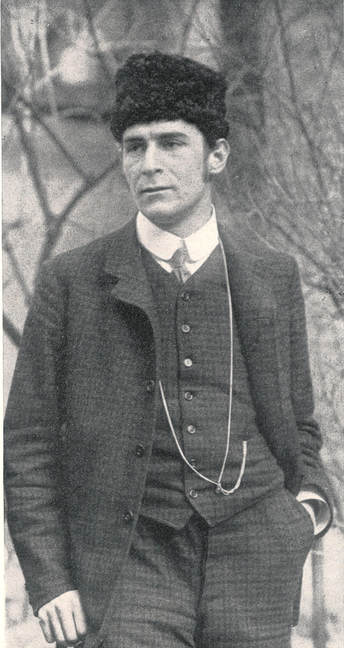
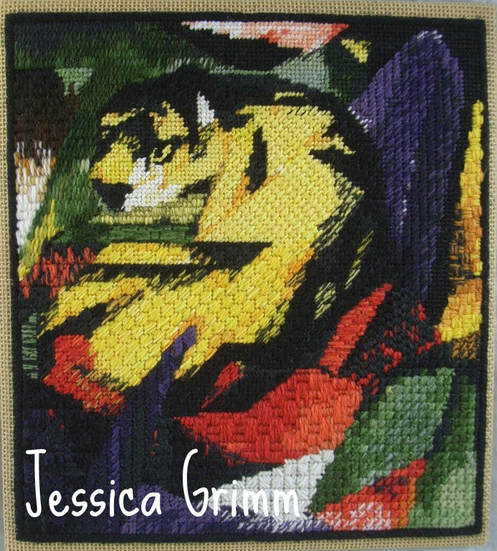
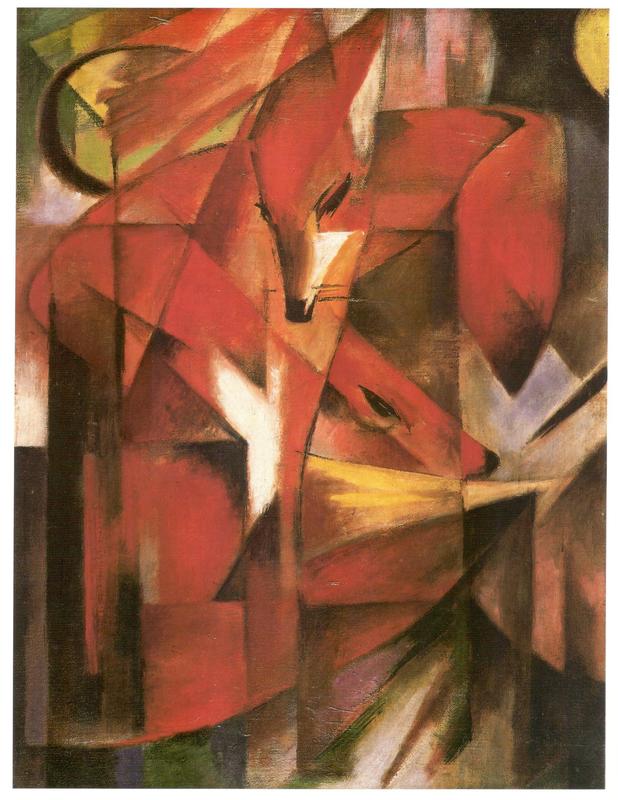
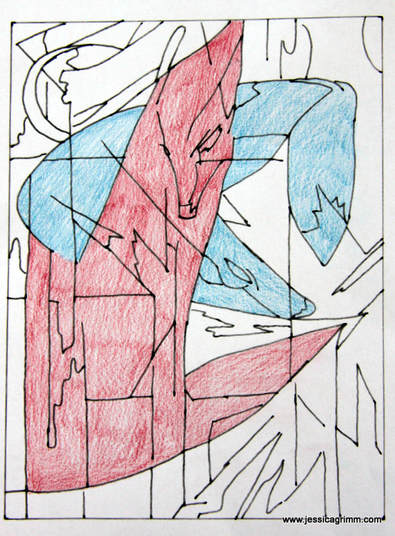
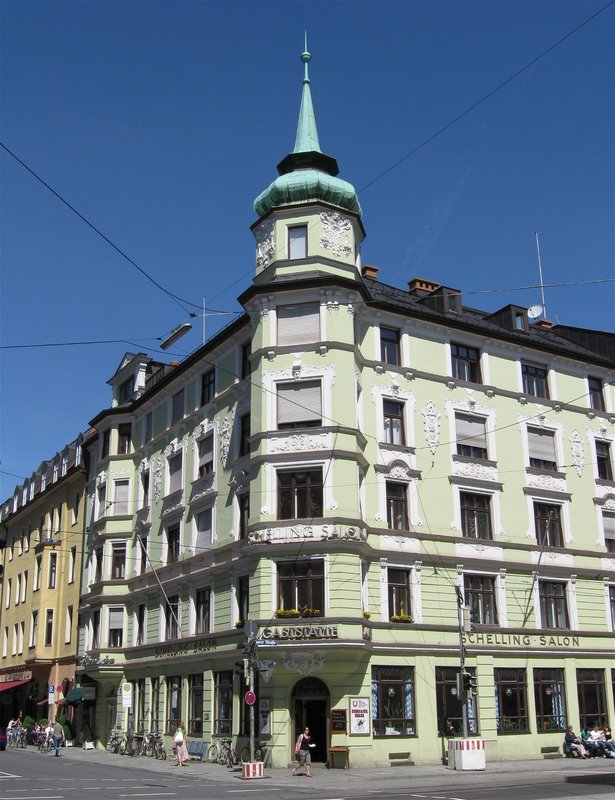
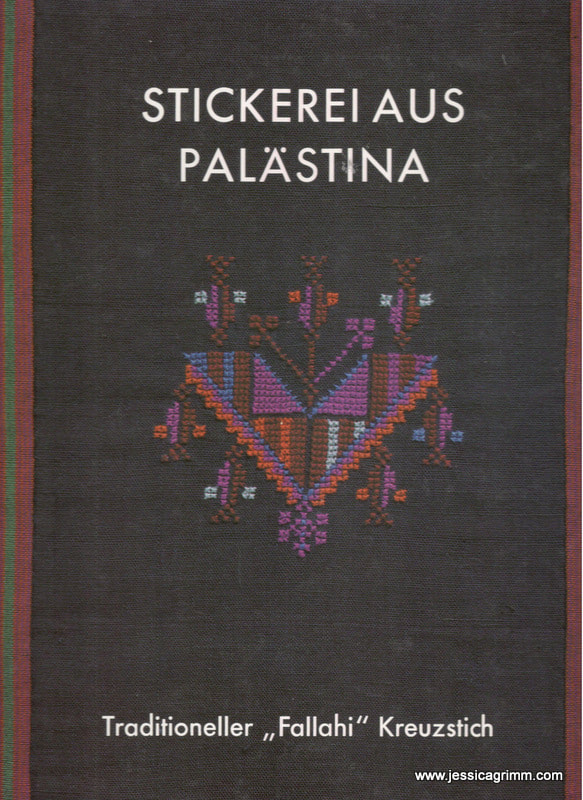
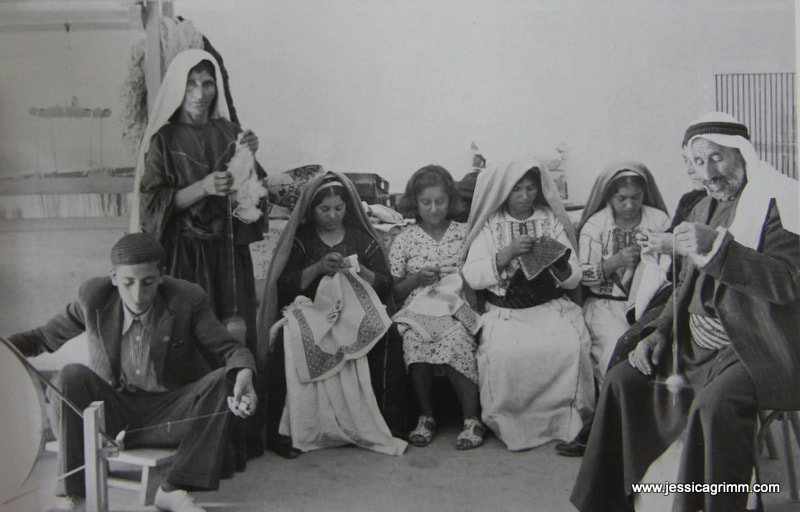
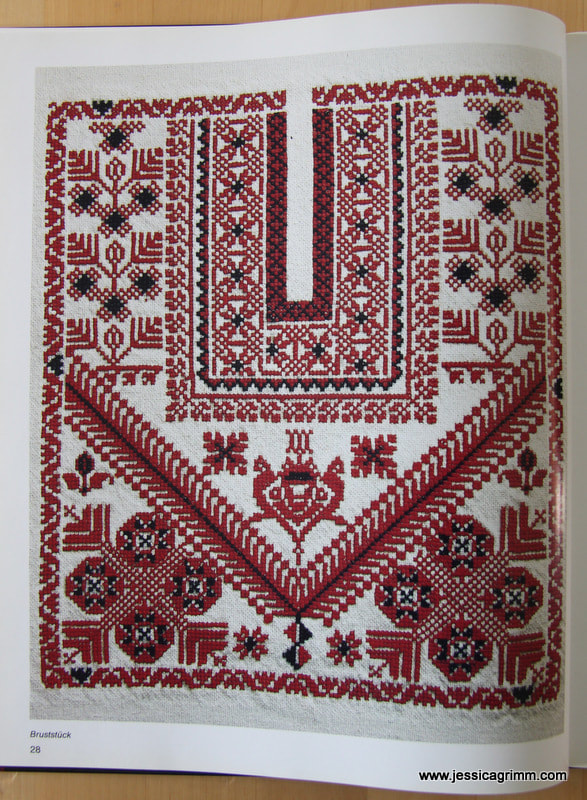
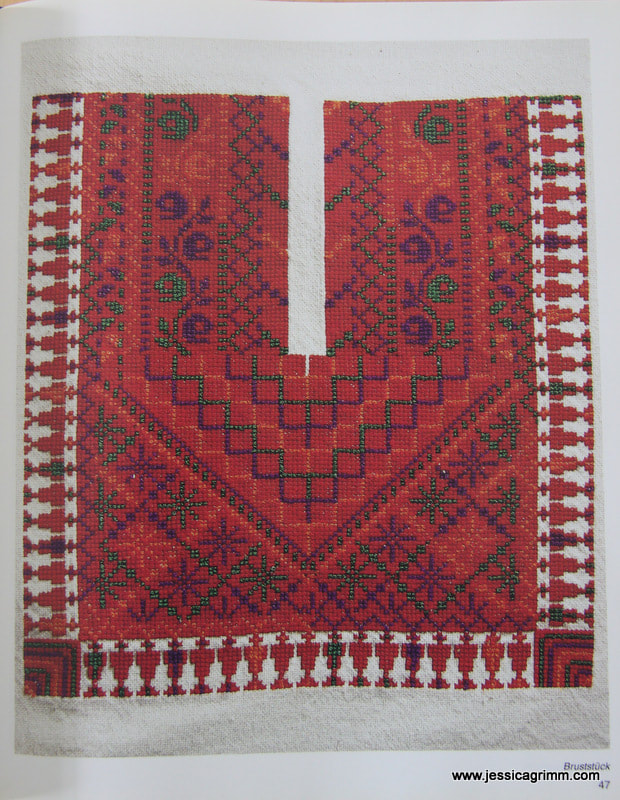
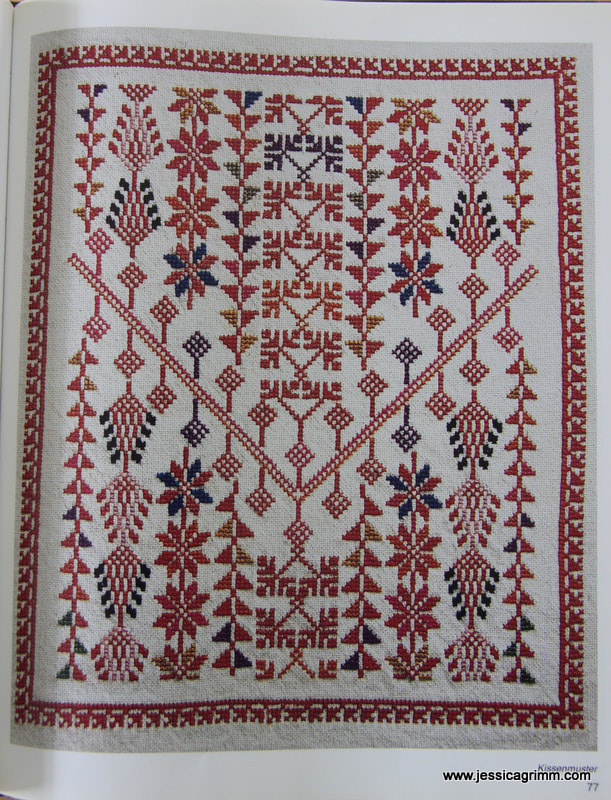
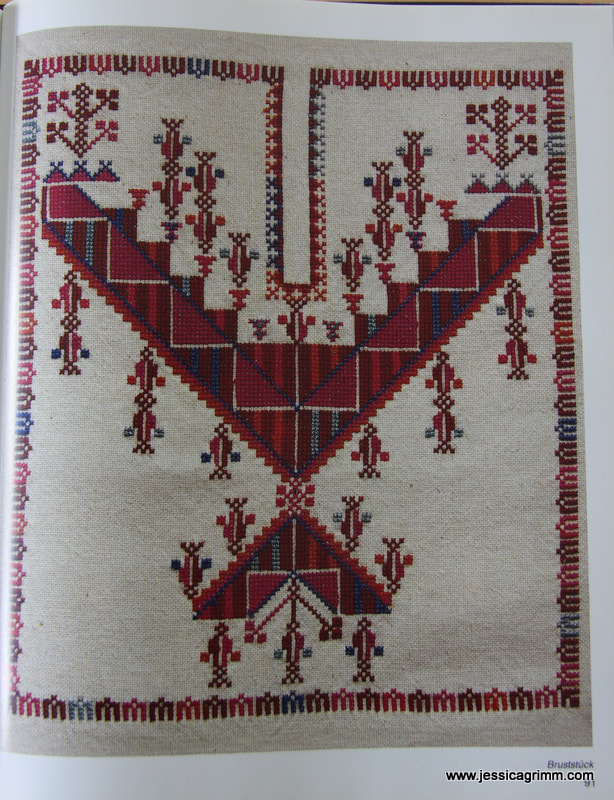
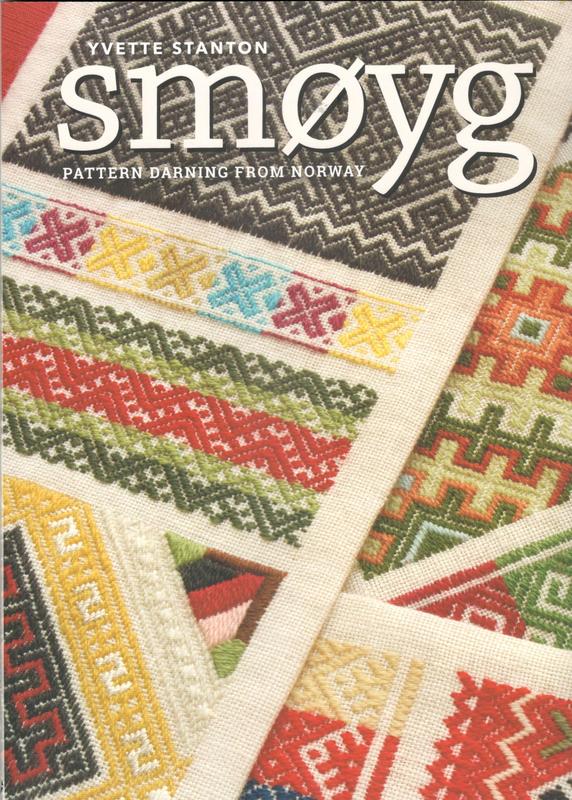
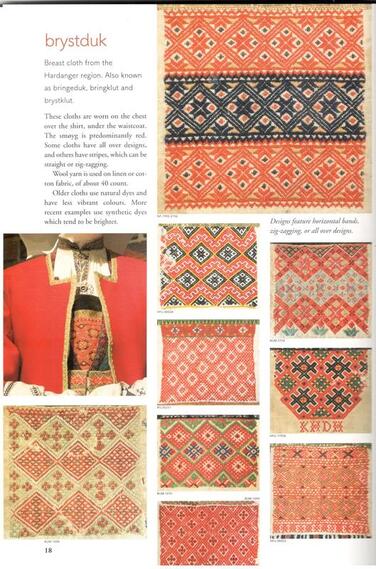
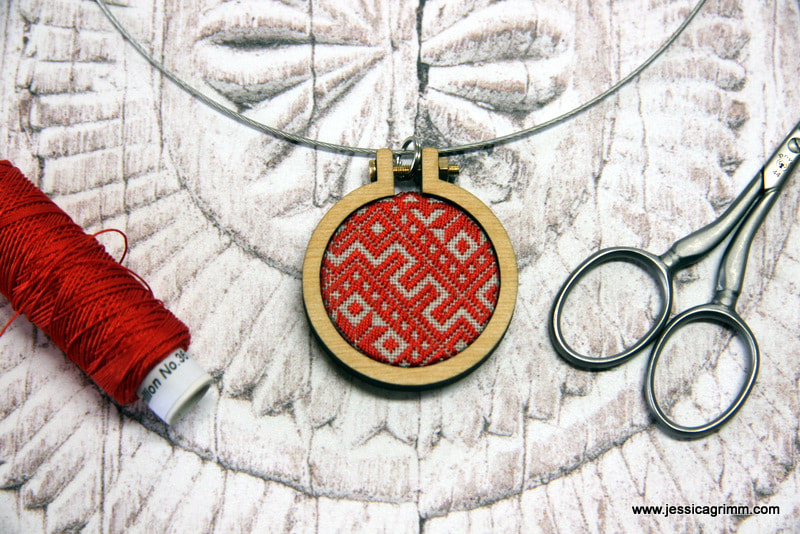
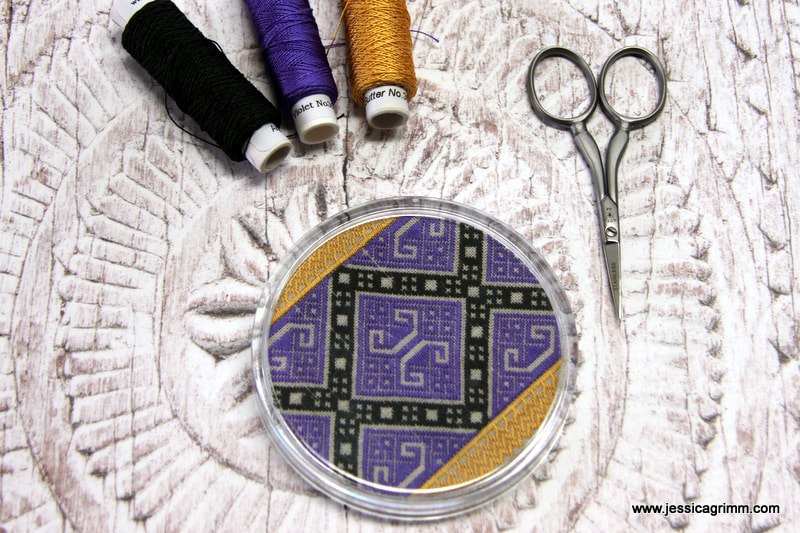
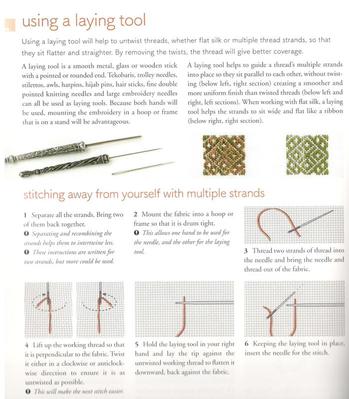

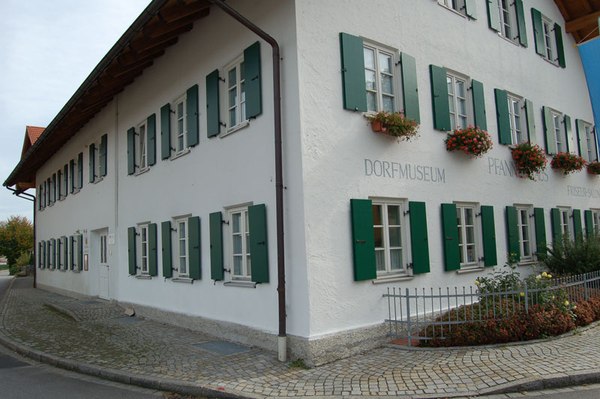





 RSS Feed
RSS Feed